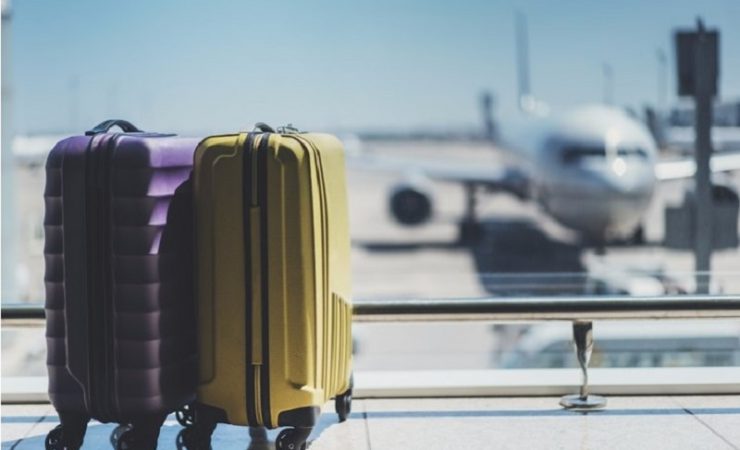ASIAN air travel may take another three years to fully recover from the blow inflicted by the pandemic, lagging behind rebounds in other regions. The International Air Transport Association (IATA) said it would take until 2024 for international air travel across the region to reach pre-pandemic levels.
Similarly, consultancy Energy Aspects said jet fuel consumption would reach pre-pandemic volumes in 2023-2024. The drawn-out timeline highlights the difficulties Asia is facing and the possible consequences for jet fuel, a traditionally valued part of the oil products market.
Low vaccination rates in many countries, challenges posed by fast-spreading delta variants, and persistent lockdowns have hampered recovery even as the United States and Europe press ahead.
All that means Asia’s aviation industry is unlikely to offer significant support to the region’s refineries, which process crude from the Middle East and elsewhere for fuel.
According to Mayur Patel, director of regional sales for Japan and Asia-Pacific at OAG, an aviation analytics firm said both North America and Europe had seen strong demand over the holidays, with the European Union easing quarantine and lockdown requirements.
“Unfortunately, the same cannot be said for Asia, where low vaccination rates, sudden and sharp lockdowns, and inconsistent regulations are thwarting any real recovery efforts,” he said.
This week, Indonesia, Southeast Asia’s largest economy, surpassed India’s daily case tally, marking a new epicenter for the highly contagious delta variant. Elsewhere, Malaysia has struggled to contain the recent outbreak, Seoul in South Korea has imposed its toughest restrictions, and Japan is preparing to host the Olympics without spectators.
While there are signs some countries including Singapore are rethinking their approach to reducing transmission to zero, international travel in the region will likely still take longer than the rest of the world to take off again. Australia’s plans to launch a quarantine-free travel bubble with Singapore are now more likely only at the end of the year, according to an Australian diplomat.
“We expect international passenger traffic for Asia-Pacific to start as early as 2022. IATA does not think that the variance situation will improve, so the government is unlikely to start lifting controls before vaccinations become widespread enough to limit community transmission,” an IATA spokesperson said.
That means a longer struggle for Asia’s oil refining industry. Given the different recoveries, some processors have attempted to supply to Europe and the US. With demand sluggish, the margin for making jet fuel in Asia has fallen to US$5.99 per barrel as of Wednesday’s (7/15) close compared to US$15.54 in December 2019. Asia’s use of jet fuel accounted for a third of global consumption in 2019, according to Energy Aspects.
Currently, the overall number of flights in the region, both domestic and international, is 70% of pre-pandemic levels. But if China is excluded, the figure will be just 40%, said analyst George Dix.
“We currently estimate demand for Asian jets will not reach pre-pandemic levels until 2023-2024, although domestic travel will largely recover by the end of 2022,” he concluded. [sources/phto special]
















